Adjoining the Makgadikgadi Pans National Park on its northern border, the Nxai Pans were once salt lakes. Today, the Nxai Pan National Park preserves this precious area, which is rich in biodiversity and is now characterised by grasslands dotted with trees and small pans that fill in the rainy season. The striking, famous Baines Baobabs, first drawn by the renowned explorer in the 1860s are a must-see, and there are several activities to look forward to. Take a 4WD sunset or sunrise game drive, or a birdwatching tour. The Nxai Pan is a breeding ground for wildebeest, gemsbok, zebra, and eland, and an impressive list of other animals can be seen quite easily too including lions, ostriches, giraffes, cheetahs, jackals, bat-eared fox, and even the elusive nocturnal porcupine.
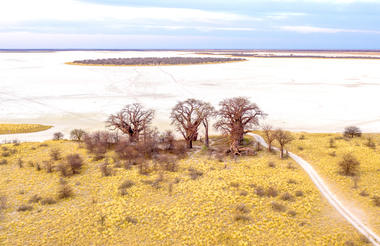
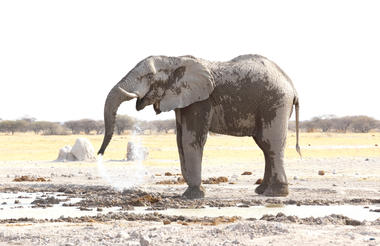
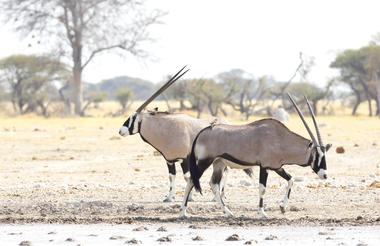
Situated in the northwestern corner of Botswana, the Okavango Delta is a World Heritage Site as it is the largest inland delta in the world. The magnificent Okavango River sprawls out over the dry sands of the Kalahari Desert forming this flourishing waterlogged oasis featuring countless meandering waterways and crystal clear lagoons studded with water lilies, as well as fertile floodplains and reeded islands inhabited with abundant wildlife. The Okavango Delta stretches over an impressive15000 square kilometres. Visitors can enjoy a number of wonderful activities such as game viewing, fishing, bird watching or taking an authentic guided Mokoro excursion through this wetland paradise in a traditional dugout canoe. Commonly spotted animals include: lion, rhino, leopard, giraffe, hippos, elephants, crocodiles and countless species of bird.
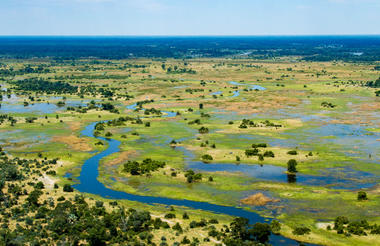
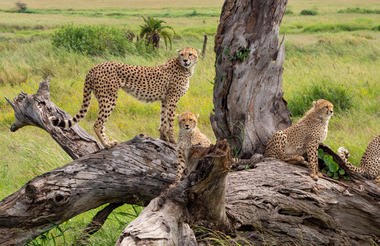
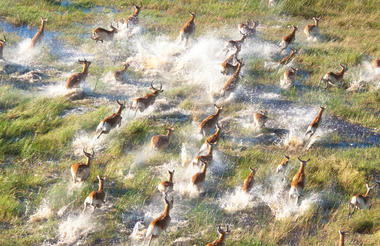
The Khwai area of the Okavango lies along the northern boundary of the Moremi Game Reserve. This is an unfenced boundary allowing wildlife to move freely between the woodlands in the wet season when water is plentiful and back to permanent rivers and lagoons in the dry season. The Khwai is a very beautiful area that is popular with those in the know and has the added advantage of being a private concession which means the ability to do walking safaris and night drives.
Due to the varying habitats found throughout Khwai, from riverine woodland to open savannah, from mopane scrub to leadwood thickets, there is an immense diversity of flora and fauna to be found here.
The dry season of July to October brings many elephants down to the river, often numbering in the hundreds, whilst buffalo are often found almost always being tracked by the many lions in the area. Due to the large numbers of impala found in Khwai, the leopard and wild dog populations is excellent, and rarely does a safari in the area not encounter at least one of these on a game-drive. Occasionally there are roan and sable antelope that come down through the mopane woodland towards the river, for a drink.
Khwai is an area that always conjures something up for anyone who visits, and being here on safari, with the ability to operate your own timetable with your private guide either by vehicle, day or night, or on foot, will give you an experience you will never forget.



The Chobe River forms the northern boundary of the Chobe National Park which is renowned for its diverse and abundant game viewing opportunities. This section of the park is best known for its dense concentration of wildlife, including elephant and hippo populations, but the waters attract all manner of game including large herds of buffalo and the lions that prey on them - a visit to the Chobe River Front guarantees close encounters with an array of African wildlife. Visitors can look forward to a range of exciting activities such as 4WD along the banks; motorboat cruises; and rare birdlife spotting. For a unique, luxury safari experience, hire a houseboat.




